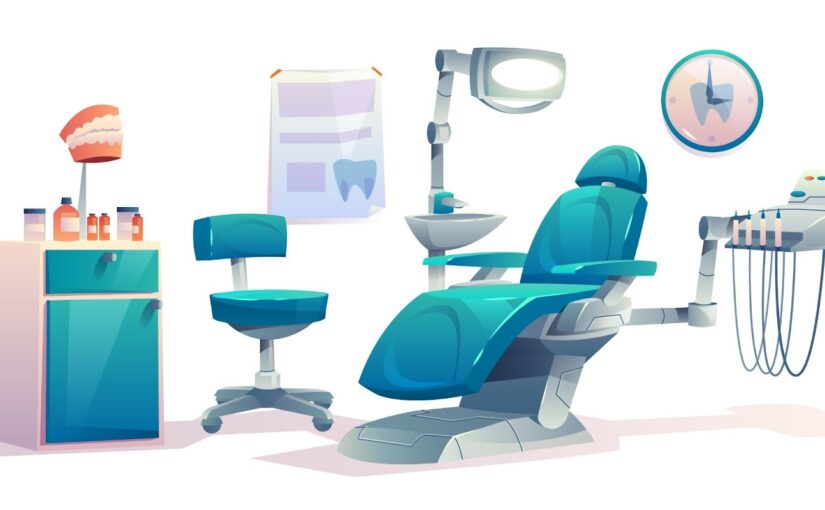Many of us are concerned about how skipping regular dental treatments would affect our chances of developing cavities, gum bleeding, oral thrush, or other oral health issues as a result of the pandemic.
Start with your diet if you want to know how to improve your dental health amid the COVID-19 pandemic.
Unfortunately, eating a lot of comfort food isn’t the healthiest thing for your teeth and gums.
Focus on meals that are low in carbohydrates and sugars, high in fiber, and provide vital minerals for your mouths, such as calcium, phosphorus, and magnesium, to create strong teeth. Sugary, processed, acidic, and high-carbohydrate foods with little nutritious value should be avoided.
Foods to Consume
1) Nibs of cacao
Chocolate is comfort food, but because it contains no added sugar, it can help prevent cavities by inhibiting the growth of certain oral bacteria and preventing plaque from accumulating on teeth.
According to a 2009 study published in Trusted Source, polyphenols found in cocoa, as well as some in coffee and tea, kill cavity-causing germs and provide a barrier between teeth and plaque.
Researchers discovered in 2019 that a cocoa bean mouth rinse killed S. mutans Trusted Source bacteria – the bacteria that cause cavities — just as well as a pharmaceutical mouthwash. Better yet, there was no evidence that it suffocated other beneficial bacteria in the oral microbiome.
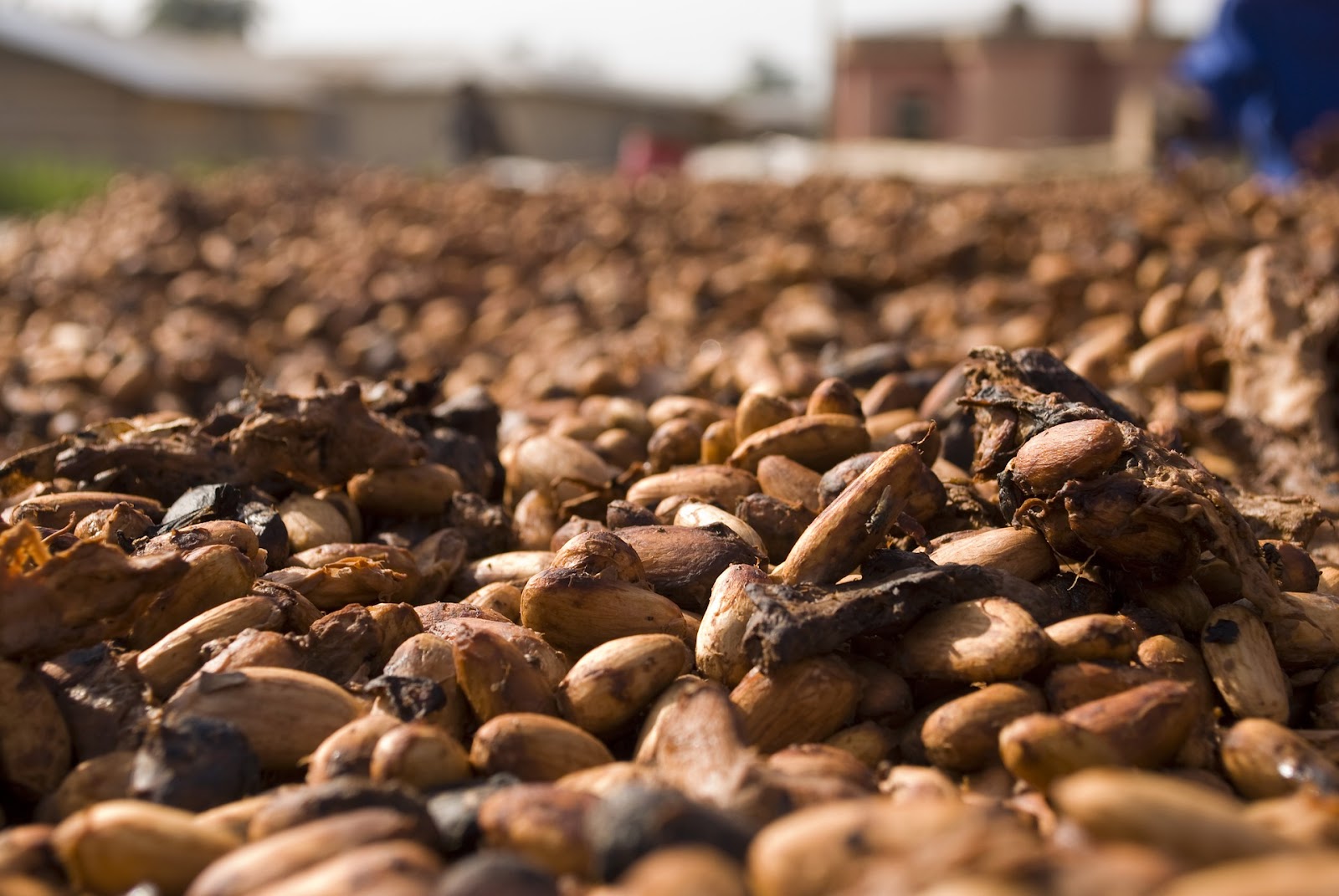
Stick to cacao nibs or dark chocolate with little to no sugar, as the added sugar in a Snickers bar will completely negate the chocolate’s benefits.
2) Dairy from grass-fed cows

Vitamin K2 is abundant in grass-fed dairy products like cheese and butter, which is essential for tooth health. However, vitamin K2 deficiency affects the majority of the world’s population. The source you can trust.
All other mammals can efficiently convert vitamin K1 to K2 in their digestive systems, but humans lack the necessary enzyme.
Don’t overlook the importance of grass-fed beef. Because the enzyme that activates vitamin K2 in other mammals is triggered by chlorophyll, animals that eat grains and corn are unlikely to provide a vitamin K2-rich product.
Natto, beef, goose liver pâté, eggs, and chicken liver are other high K2 foods that promote oral health. Furthermore, many of these meals are abundant in phosphorus, a nutrient that teeth require.
3) Fish that are fatty
Because of its high vitamin D content, fatty fish is an important part of many healthy diet plans. This nutrient is essential for practically every bodily system, but one among its lesser-known advantages is its ability to minimize the risk of tooth decay Trusted Source.
Vitamin D, together with vitamins A and K2, works together to transport calcium to the teeth, strengthening enamel from the inside out. Enamel can be weakened by a lack of any of these nutrients.
Omega-3s are abundant in oily seafood. Periodontitis (gum disease) affects approximately half of all individuals in the United States. Omega-3 fats improve gum health and may potentially help prevent and lessen symptoms of periodontitis (gum disease).
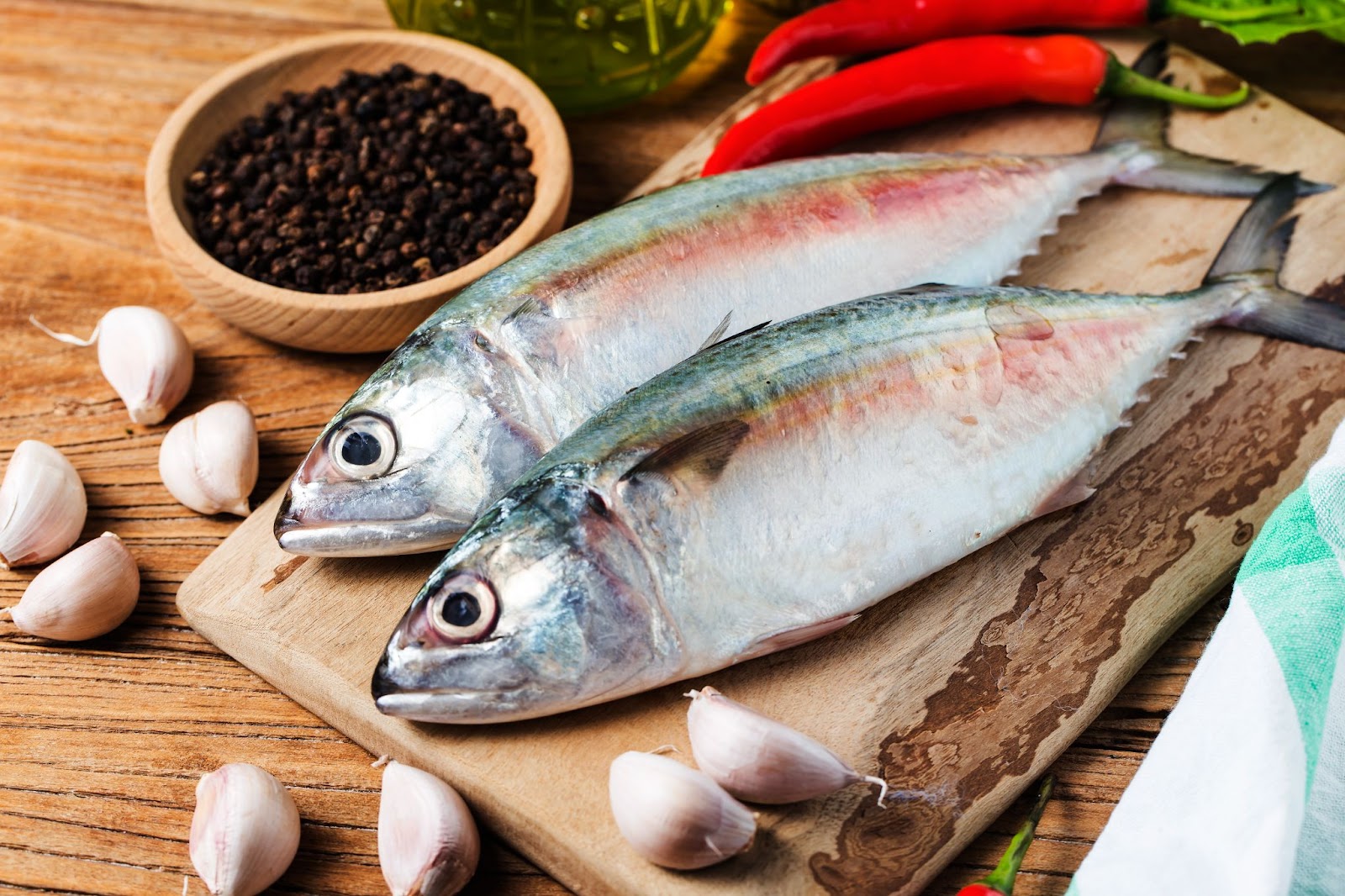
To put it another way, if your gums bleed frequently when brushing or flossing, increasing your omega-3 intake may help to minimize inflammation and bleeding.
Tuna, mackerel, salmon, and trout are among the fish with the greatest levels of vitamin D and omega-3 fatty acids.
4) Leafy greens
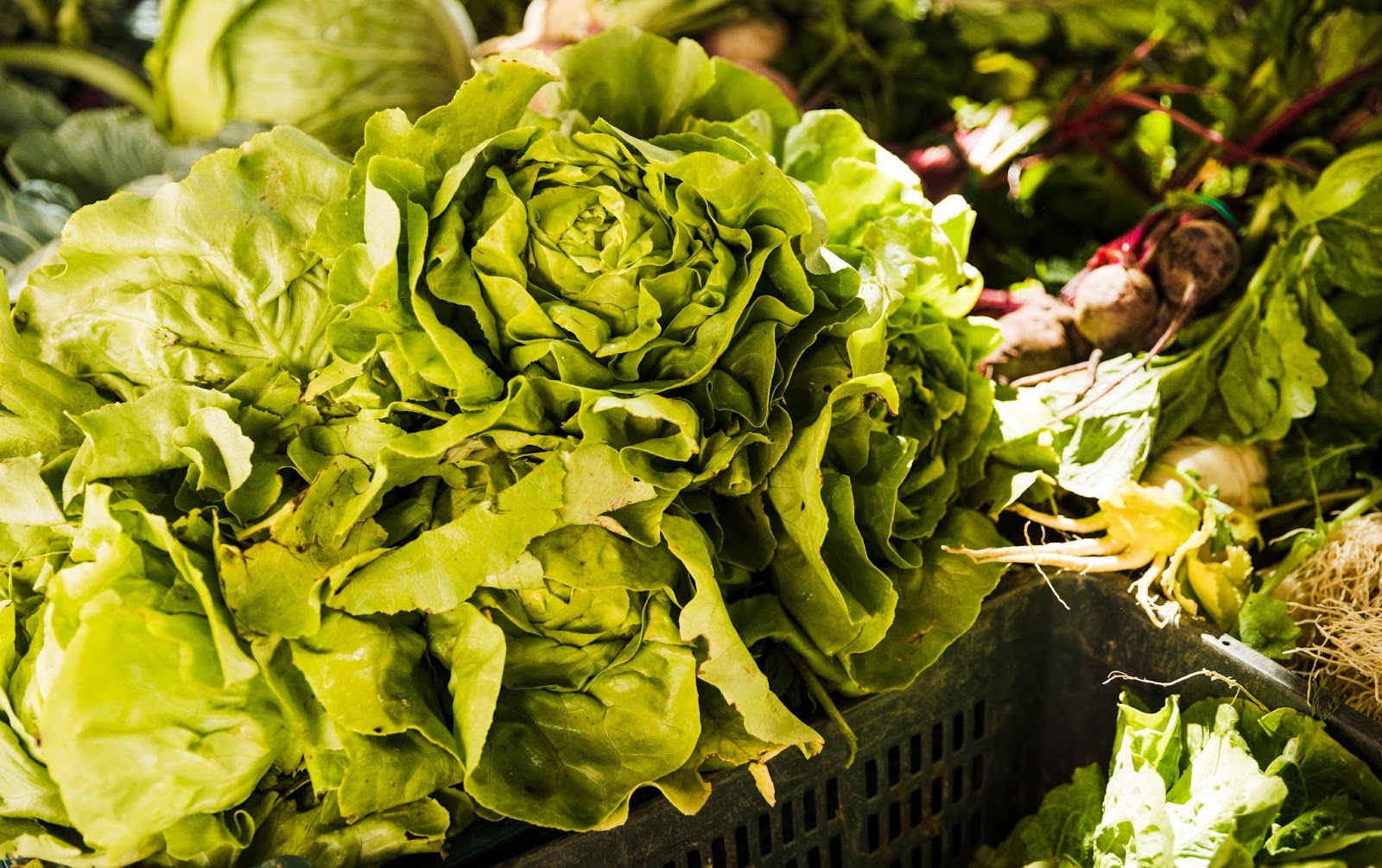
Greens are excellent prebiotics that nourishes healthy oral microorganisms in the mouth. Leafy greens, in contrast to high-carbohydrate diets, aid in the production of nitrite-reducing bacteria in the mouth. As a result, an increase in nitric oxide benefits your mouth and cardiovascular system.
Leafy greens will not only make your teeth feel cleaner, but they will also help to foster a healthier oral microbiome.
Teeth benefit from darker leafy greens because they are high in minerals that your teeth absorb during remineralization to rebuild their structure. Kale, spinach, turnip greens, Swiss chard, and arugula are all good examples.
5) Grapefruit and oranges
While acidic meals can harm teeth, grapefruit, oranges, and other citrus fruits, when consumed in moderation, can actually promote oral health.
Vitamin C is abundant in grapefruit and oranges, which helps to strengthen the blood vessels and connective tissues in the mouth. It reduces the advancement of gum inflammation, which can lead to gum disease if left untreated.
According to research, Participants boosted their vitamin C levels and reduced bleeding gums after just two weeks of daily grapefruit consumption, according to Trusted Source.
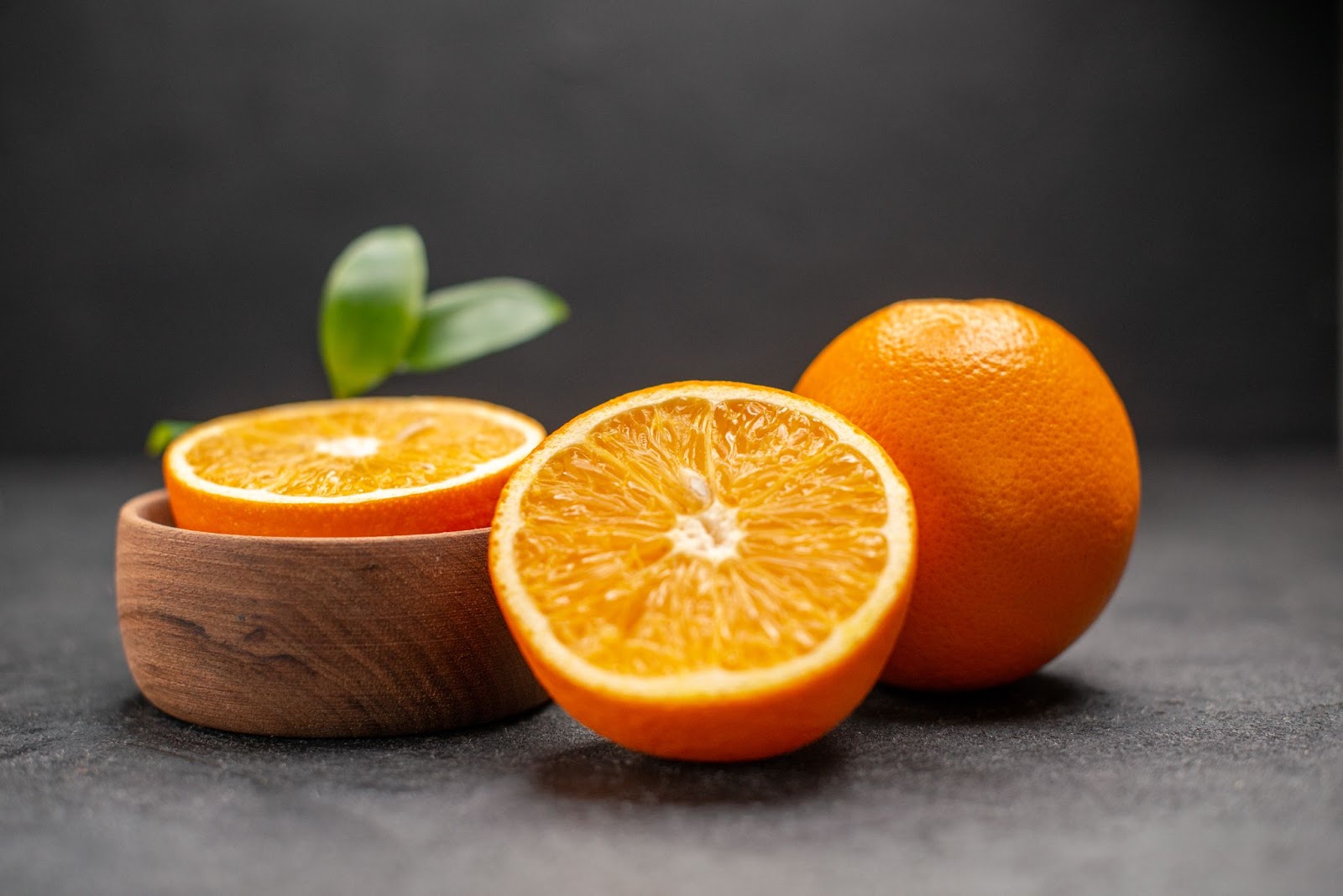
Foods to avoid
1) Crackers

For years, patients have been startled when they get information that crackers, not candy, are the most harmful meals for their oral health
In the mouth, the carbohydrates in crackers like saltines or Goldfish break down quickly, leaving harmful bacteria with nothing but sugar to feast on. Bacteria release acid onto teeth while they eat, which can contribute to plaque buildup and tooth decay.
Do you desire crackers but want to avoid damaging your teeth? Try a brand that is made entirely of seeds and nuts, with no wheat.
2) Dried fruit
Although the phrase “fruit” makes it sound healthful, dried fruit has been dehydrated. The residue resembles a sticky caramel that provides sugar to the oral bacteria.
When you combine this with the low pH of many fruits, you have a sneaky cavity-causing cause.
Because of the water, it contains, whole fruit is significantly more good for oral health.
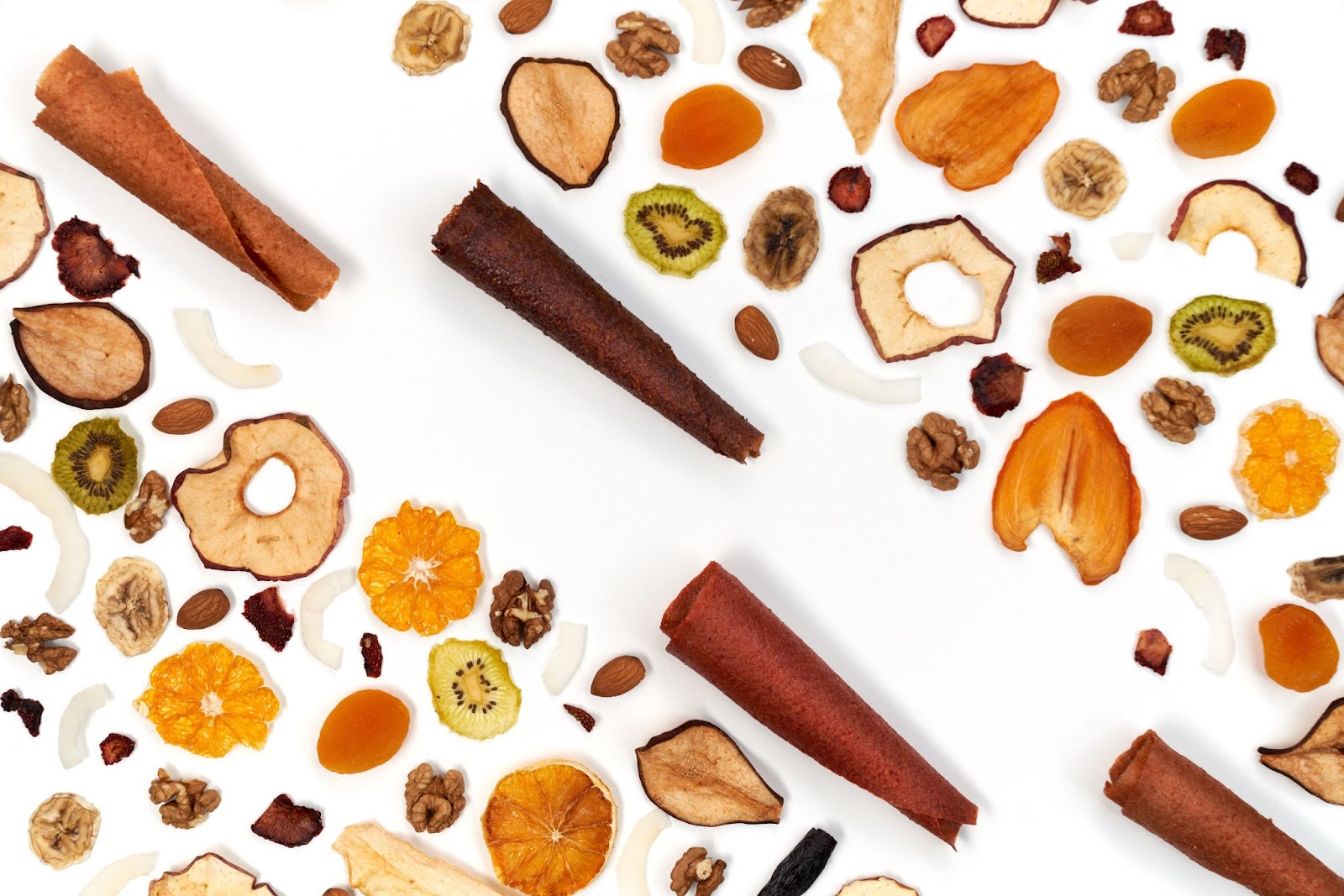
3) Soda (yes, even diet soda)
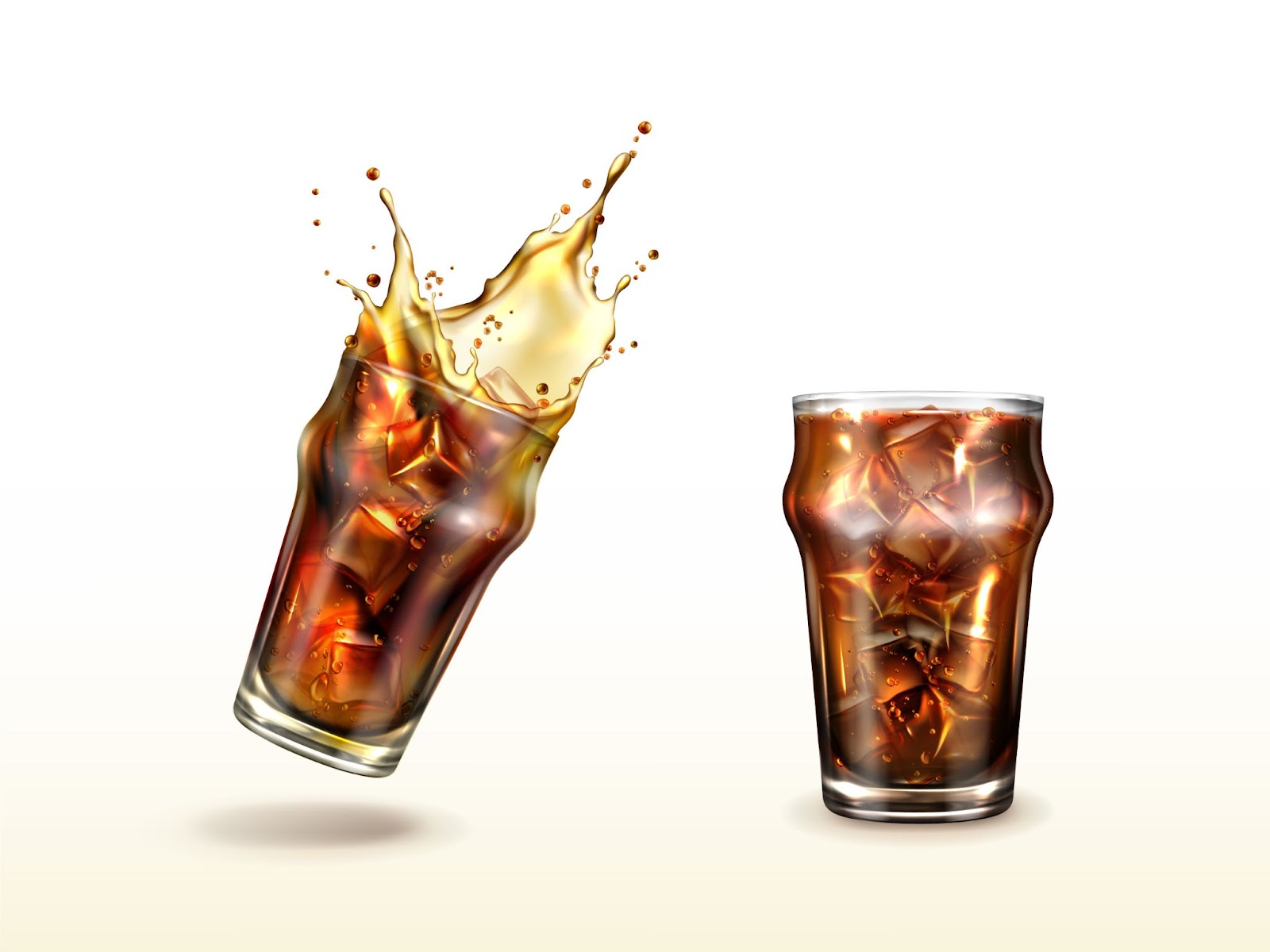
Apart from the high sugar level, all sodas include a significant amount of acid, even those with no calories. Many common soft drinks have a pH of 2 to 3, which is significantly acidic even when compared to liquids like coffee.
The acidity will cause tooth decay, gum inflammation, and an overall dysbiosis of the oral microbiome.
If you want to drink soda yet safeguard your teeth, do it over a short period — don’t sip for hours — and immediately swish with water to offer a buffer for your teeth. Brush your teeth after roughly 45 minutes.
4) Kombucha
Kombucha is typically regarded as a healthy beverage since it includes beneficial microorganisms as well as several antioxidants that aid in illness prevention.
Many types of kombucha, on the other hand, include a substantial quantity of added sugar and do not contain active bacteria. In this situation, the advantages could outweigh the disadvantages.
Look for kombucha with visible particles (leftover from the SCOBY used to make it) and no added sugars if you want to improve your dental and digestive health.
To avoid acid assaults from opportunistic, sugar-loving bacteria, rinse your mouth with water after finishing a serving and brush 45 minutes later.
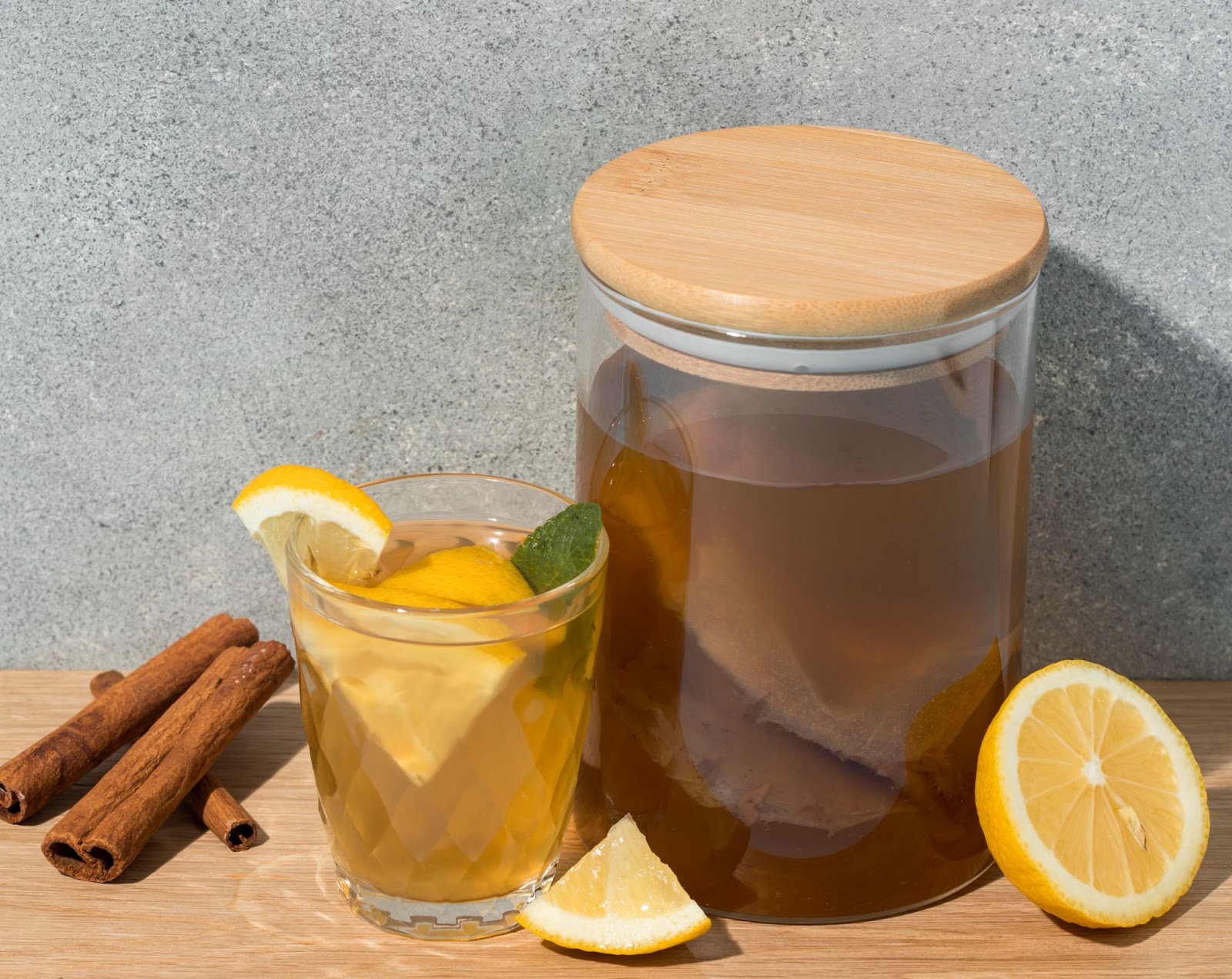
5) Beans and lentils

Beans and lentils are frequently thought of as healthful meals, and with good cause, however, the presence of phytic acid in them may lead to tooth disease.
Phytic acid binds to minerals including calcium, phosphorus, vitamin D, and magnesium, making them harder for your teeth to absorb.
Deficiencies in these nutrients can increase your risk of cavities and periodontitis.
The good news is that when excess phytic acid is removed from beans and lentils, they really promote excellent health.
Consider soaking your beans, lentils, and other grains overnight before consuming them to reduce phytic acid. You can also buy sprouted grains, which have already had their phytic acid concentration lowered.
